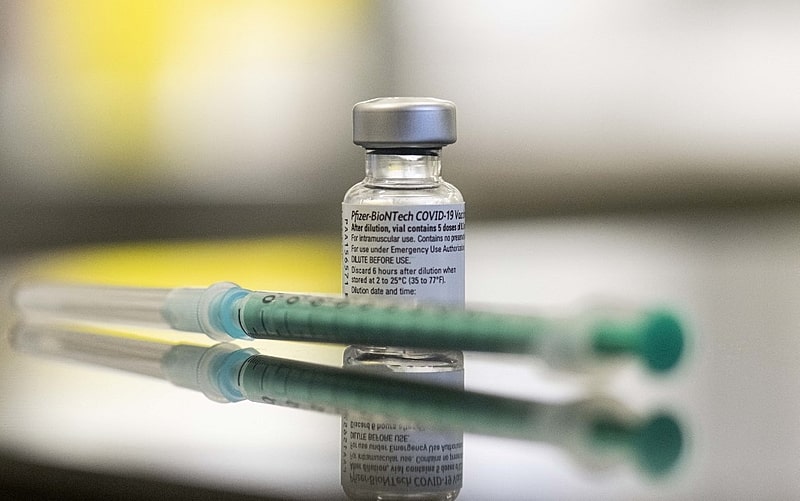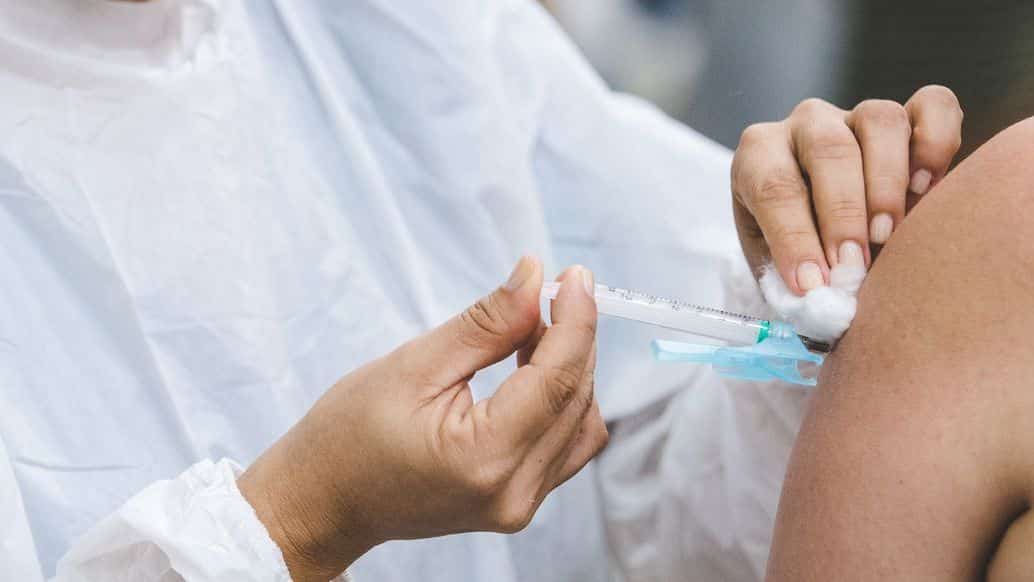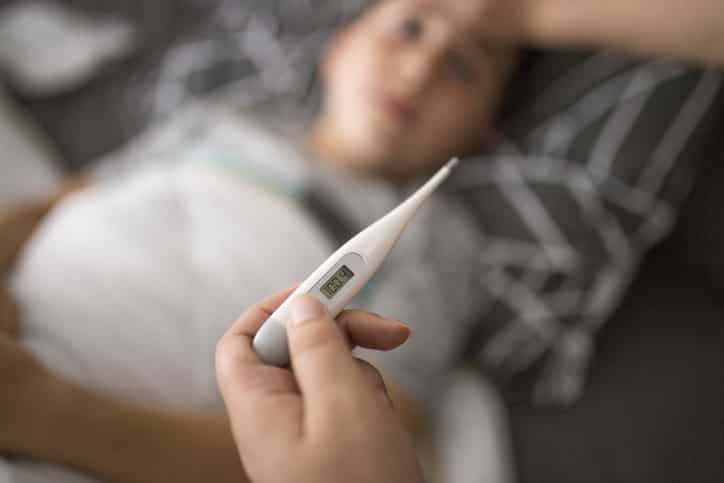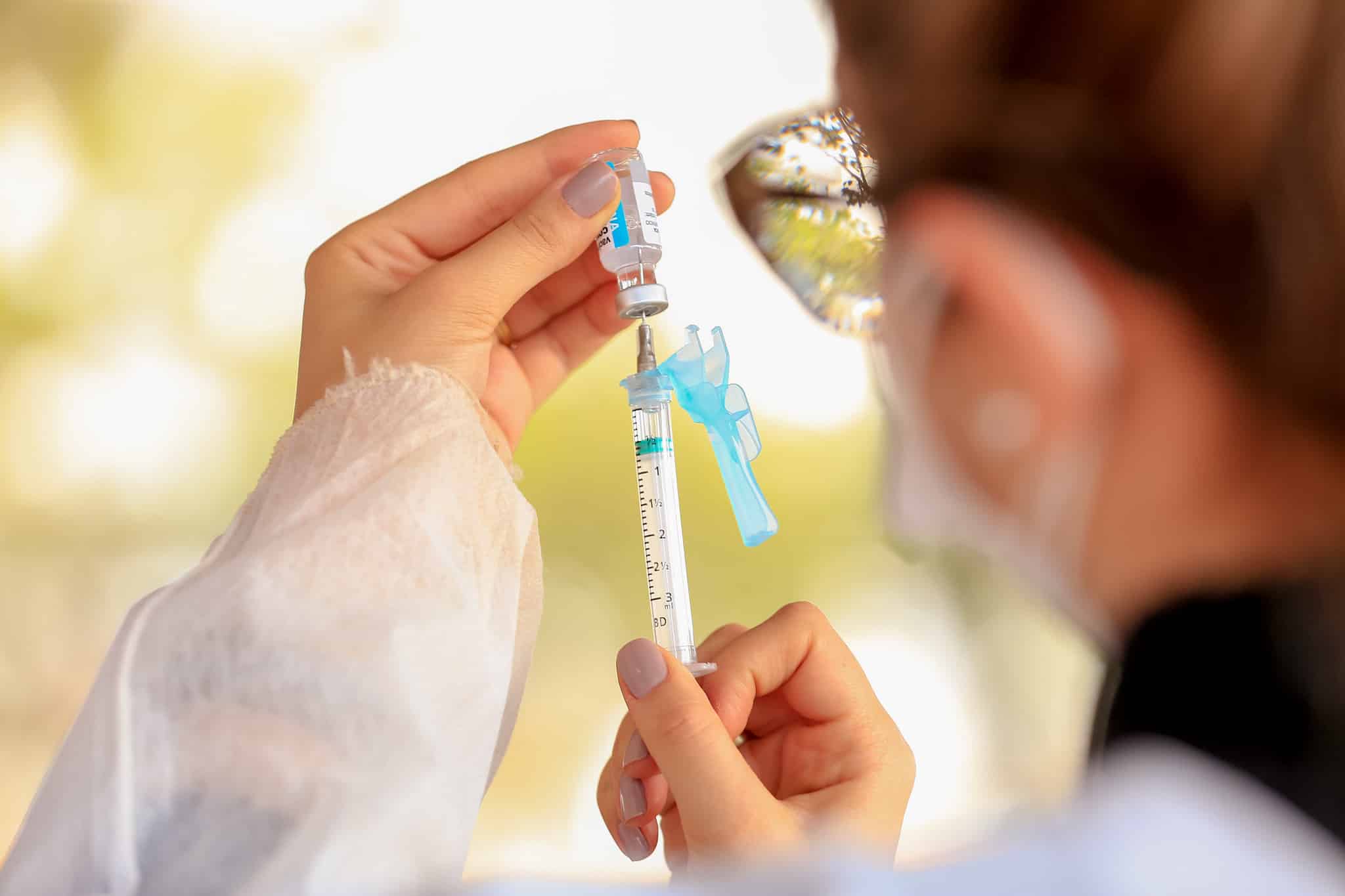Do you know when to take the third dose of the COVID-19 vaccine or the booster dose? Learning the difference between the two is also essential.
The question regarding when to take the third dose of the COVID-19 vaccine is extremely common. The vaccination schedule varies from one country to another, as do the doses approved by the authorities in each region. However, it is essential to understand more about vaccines before making any decisions, as the information can confuse many. In this sense, there is a big difference between the third dose and the booster dose, for example.
You’ve certainly seen someone talking about the “third dose” or the “booster dose”. Despite the misconception that many make, the two terms do not refer to the same thing. Even though they look similar, the two are for different purposes. The third dose, for example, indicates that, to reach the recommended level of protection, the vaccine is administered in 3 equal doses.
The booster dose means that, after taking all the initial doses, you receive another dose to reinforce immunity. It also works as an update on the immune response, as it contains samples of the most recent variants of the virus. In Brazil, the Ministry of Health approved the application of the booster dose since September. The vaccines administered are Pfizer, Janssen or AstraZeneca. Those who can take it are elderly people over 60 years old, people with a weak immune system or healthcare professionals.
In Portugal, for example, the DGS approved the administration of an additional dose that functions as the third dose of the initial vaccination against COVID-19. People between 18 and 64 years old can take Moderna, and people over 65 years old can take Pfizer.
When to take the third dose of the COVID-19 vaccine

The booster dose is approved in Brazil for immunosuppressed people, 28 days after the last dose of the initial vaccination. It is also approved for seniors over 60 years of age, 6 months after administration of the last dose of the initial vaccination, and healthcare professionals, 6 months after the initial vaccination schedule. However, this may vary between some states, which is why it is important to keep an eye on it.
Difference between third dose and booster dose

There are other differences between the two doses that are a source of confusion for many. Therefore, it is essential to pay attention to details and not end up making any mistakes when getting vaccinated.
While the third dose is indicated for people with compromised immunity, the booster dose is mainly for the elderly. The third dose aims to ensure good immunity from the start. The booster dose serves to reinforce initial immunity. Furthermore, the third dose is administered just a few days after the last dose. The booster dose, months later. Finally, the third dose is exactly the same vaccine as previous doses. The booster dose is different and may contain new variants of the virus.
Symptoms

Information on this issue is still limited. However, reactions to the third dose or booster dose of mRNA or adenovirus vaccines, such as Pfizer and AstraZeneca, are the same as those of the first two doses. Mild or moderate symptoms, such as a lot of tiredness and pain in the injection area, are what can be expected. Likewise, other side effects may involve swelling or redness around the injection, muscle pain, headache, fever, nausea, or chills.

Sign up for our newsletter and stay up to date with exclusive news
that can transform your routine!
Warning: Undefined array key "title" in /home/storelat/public_html/wp-content/plugins/link-whisper-premium/templates/frontend/related-posts.php on line 12
Warning: Undefined array key "title_tag" in /home/storelat/public_html/wp-content/plugins/link-whisper-premium/templates/frontend/related-posts.php on line 13




